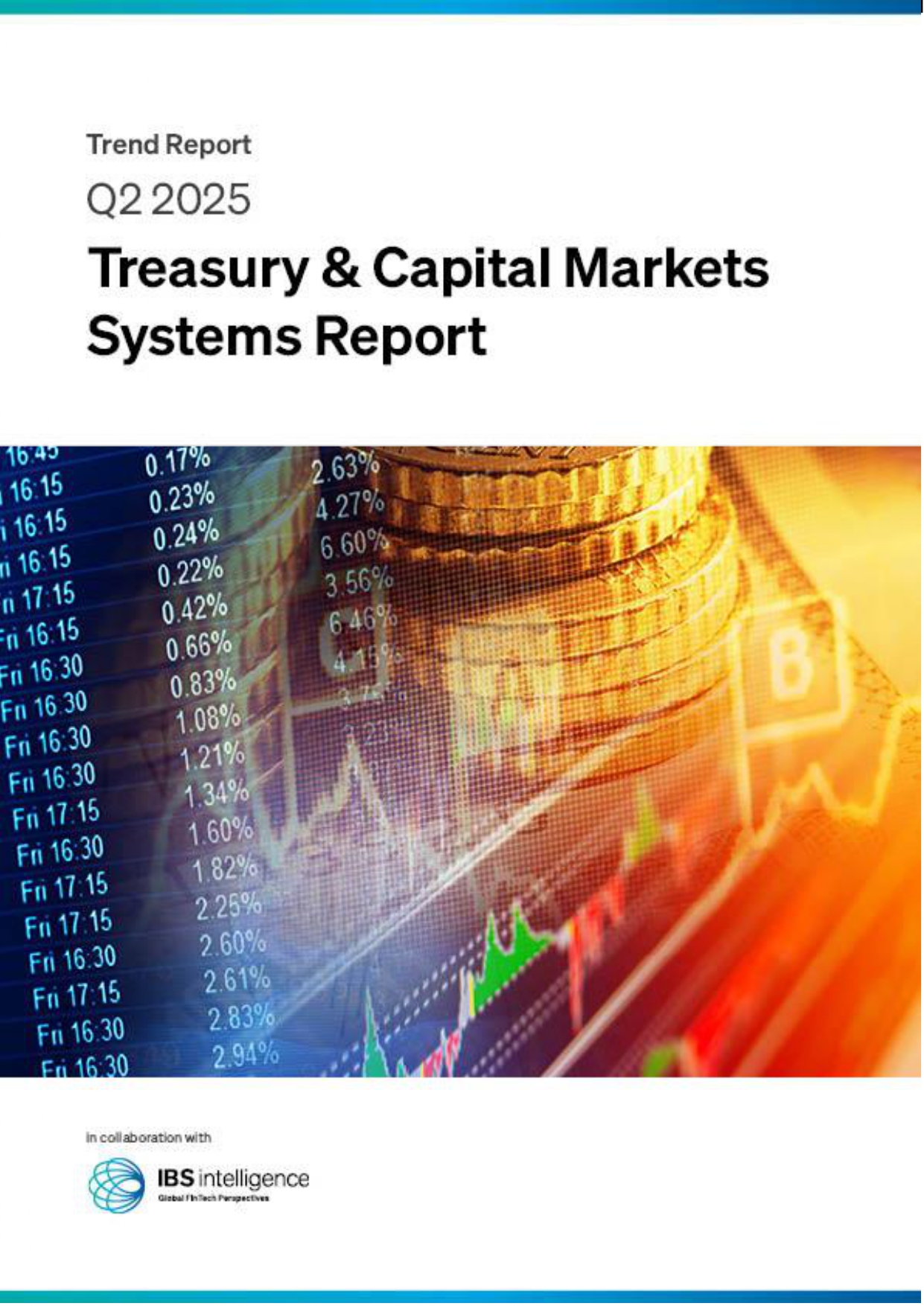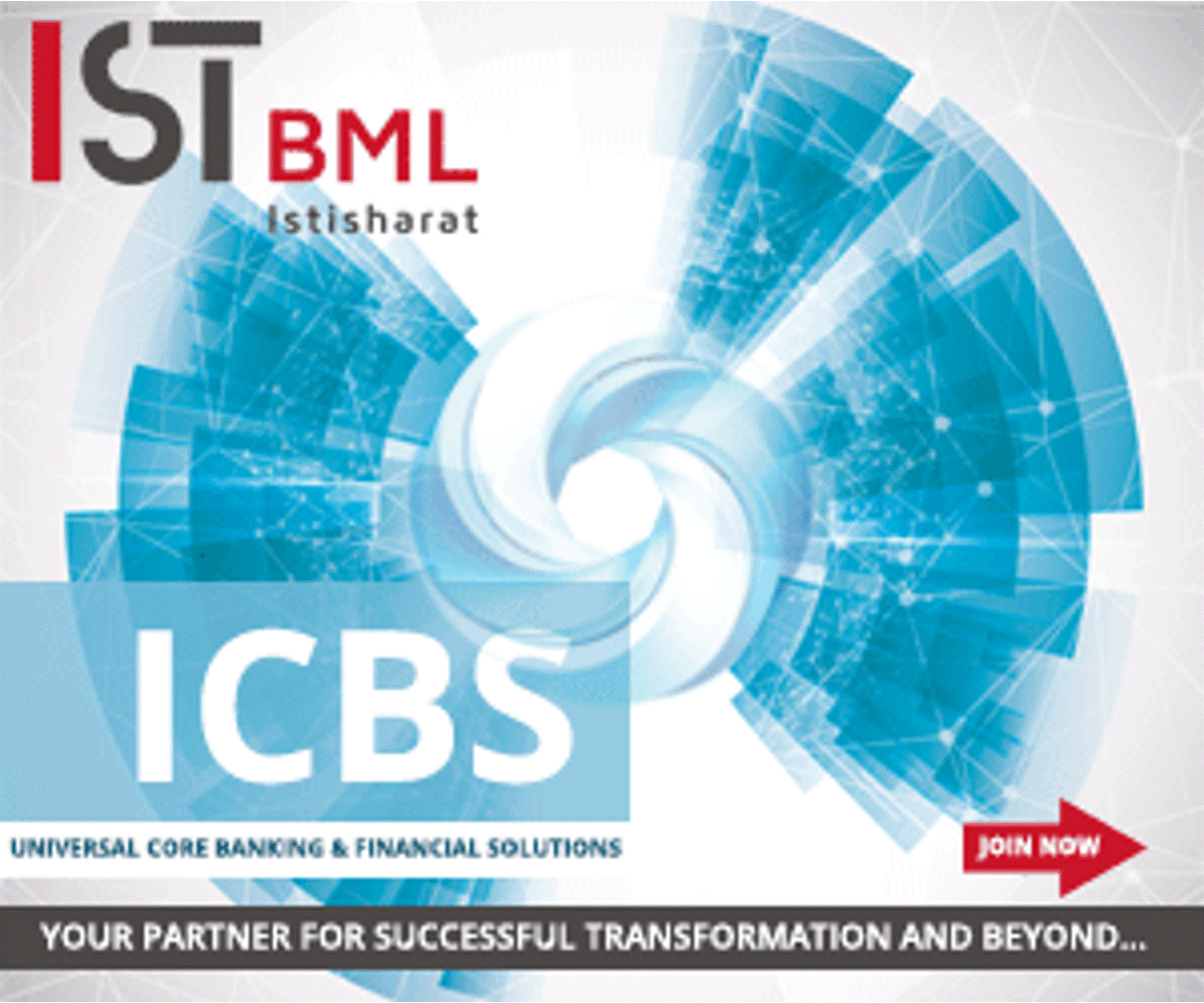 Back
Back
Here’s how payment as a service will evolve in 2023
By Puja Sharma
 The Global Payment As a Service Market size is expected to reach $30.5 billion by 2028, rising at a market growth of 16.6% CAGR during the forecast period.
The Global Payment As a Service Market size is expected to reach $30.5 billion by 2028, rising at a market growth of 16.6% CAGR during the forecast period.
Payment as a service is a system that enables financial institutions and banks to provide their consumers with advanced product services and payment facilities. By using these services no other internal development costs are levied on the customers. Banks and organizations can move to a more agile and flexible model which offers optimum products through various cloud-based third-party platforms by utilising payment-as-service products.
Over the last few years, many payment-as-a-service providers have appeared providing specialised services to financial institutions. These services include cross-border payments, payment engine hosting, reconciliation, & settlement, and third-party collections via cloud platforms. The payment as a service via a cloud-based platform covers the entire value chain.
The vendors can collaborate with e-commerce entities, banks, financial institutions, FinTech, insurance companies, and telecommunication companies for online payment service gateways. These organizations can integrate their services with PaaS platforms through open APIs, depending on the business needs. PaaS offerings provide cost-benefit to customers, accelerate service commercialization, and are scalable with availability.
For financial institutions; banks; and other organizations, payment-as-a-service has a multitude of benefits across the entire payment value structure. PaaS has reduced financial institutions’ costs as PaaS providers have their hardware and software. It has also helped organizations to reduce management costs and optimize technology costs.
The Payment-as-a-service industry has been positively impacted by COVID-19. This is because of the increase in the adoption and utilization of online payment methods among consumers worldwide. As consumers are becoming aware of the payment structure, the payment-as-a-service market has seen massive growth. The rising trend of digital payments during the pandemic has boosted industry growth. A certain degree of shift in consumers from traditional payments to digital payments has been observed ever since COVID-19 started. This is largely because of the worries associated with the transmission of coronavirus through cash transactions.
A rise in digital payments adoption
The rising smartphone penetration and massive use of the internet with technological developments have increased the demand for online payment gateways across various countries. Customers are using online payment channels more often as banks and financial institutions offer real-time payment services. This immediate payment mechanism allows customers to use varied features of online bill payments. These services have resulted in a change in consumer behavior patterns from cash payments to online payments with easy access to the internet.
Increasing e-commerce transactions
eCommerce business over the last few years has grown significantly owing to the rising number of smartphone users, and the increasing internet penetration. eCommerce provides an online platform for goods & services to consumers from businesses directly. Consumers are progressively shifting towards online purchases for several goods and services like groceries, health, beauty, apparel, accessories, computer & electronics, and books. E-commerce platforms provide individuals with ease of ordering and receiving at one’s doorstep.
Security issues while making digital transactions
Online payment gateways are prone to severe external threats despite rigorous measures like symmetric encryption to make online payments secure. Scammers are ascribing to phishing attacks to steal the personal and financial information of people through their e-wallets. Moreover, online payments are also weakened by insufficient authentications. Other people can also use e-wallets, and cards of other people if unique identification measures like biometric or facial recognition are not adopted.
Component Outlook
Based on components, the payment-as-a-service market is divided into platforms and services. The service segment covered a substantial growth rate in the payment as a service market in 2021. The main reason behind the service segmentation growth is the ability to enhance the customer experience and fulfilling the additional demands of the customers. These services become very important because they are directly associated with customer relationship engagement. Further, all pre and post-deployment solutions are managed with the help of these services.
IBSi FinTech Journal
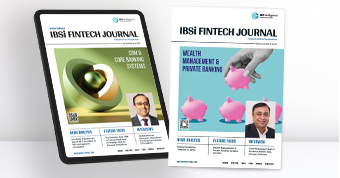
- Most trusted FinTech journal since 1991
- Digital monthly issue
- 60+ pages of research, analysis, interviews, opinions, and rankings
- Global coverage
Other Related News
Related Reports
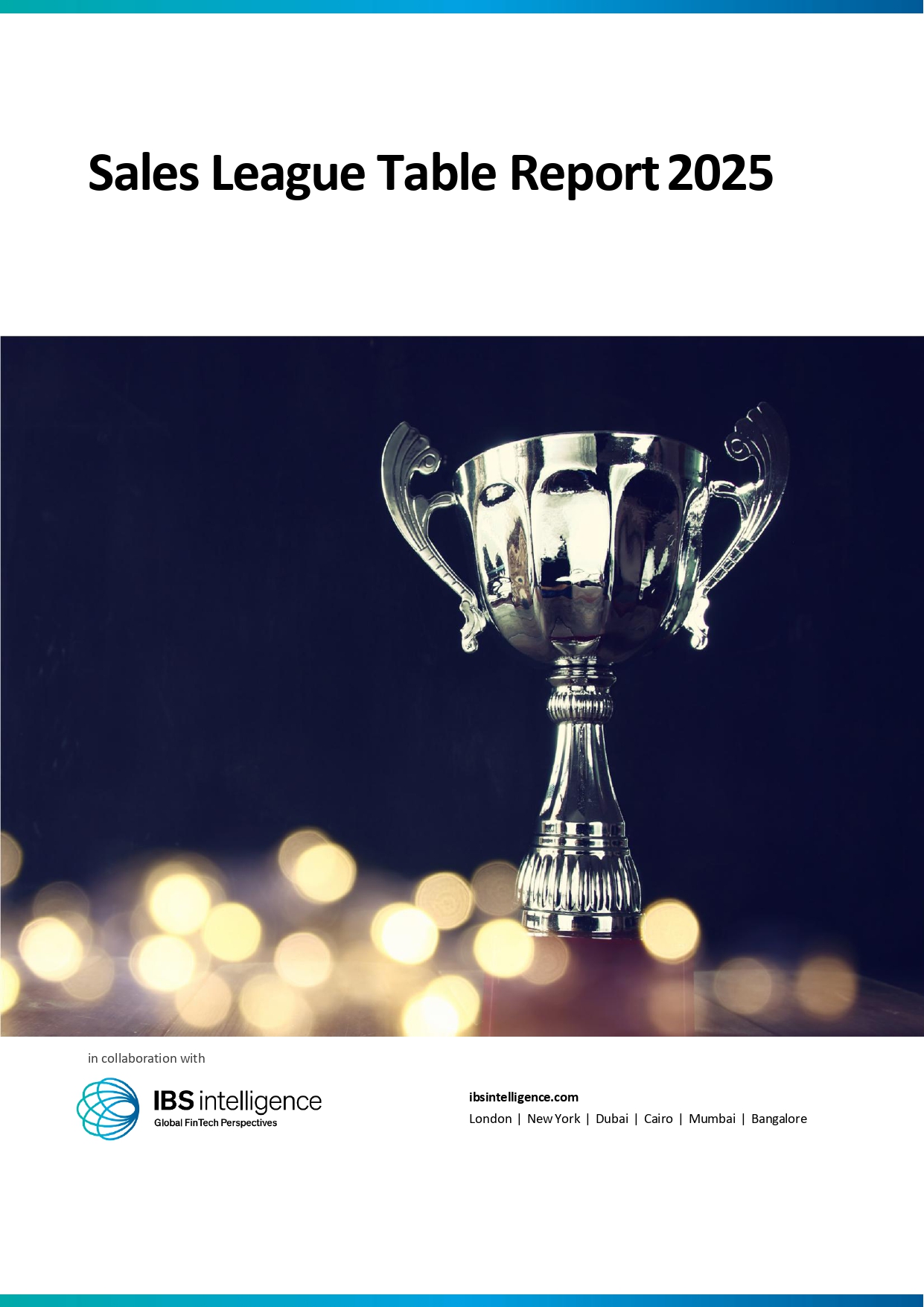
Sales League Table Report 2025
Know More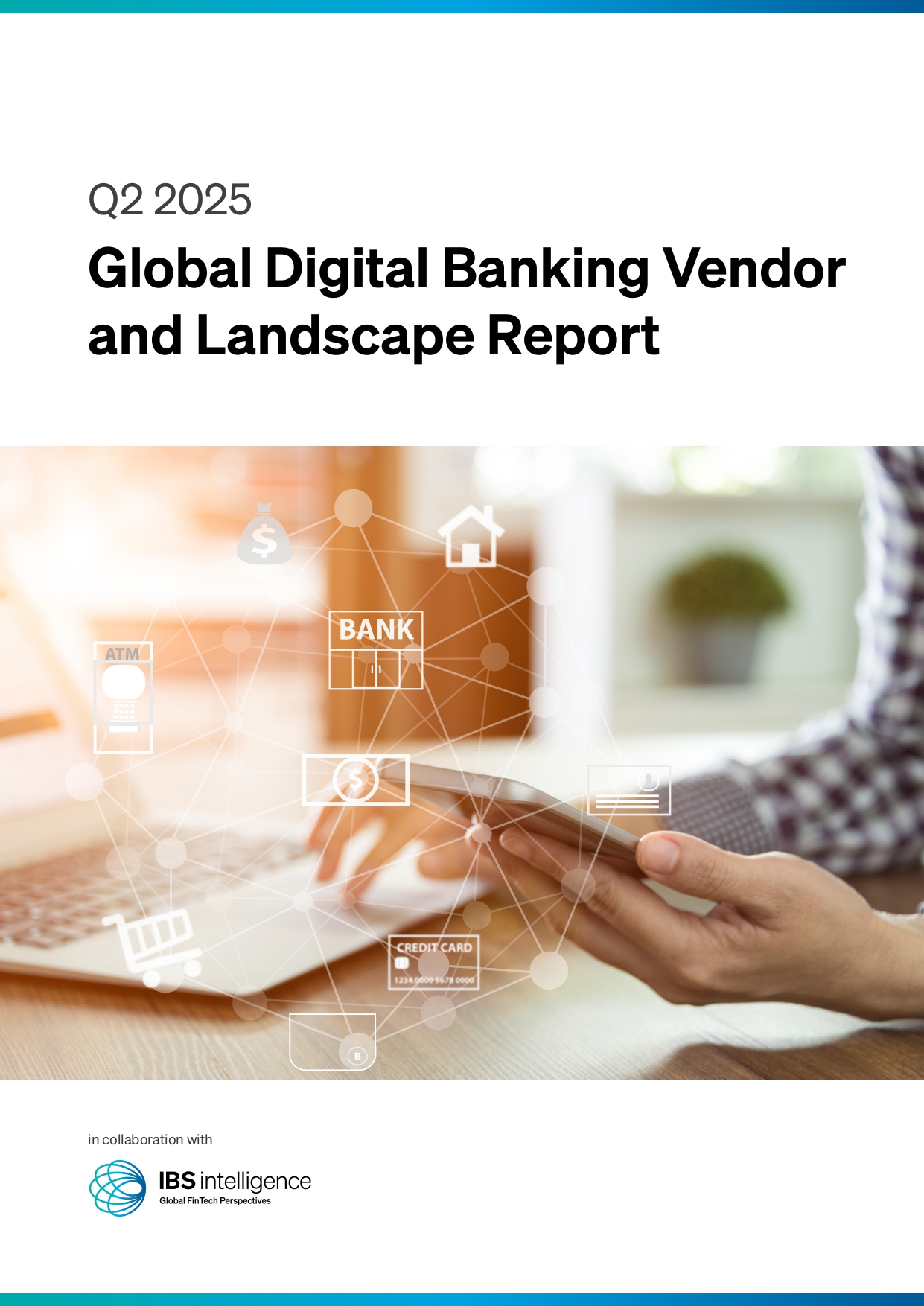
Global Digital Banking Vendor & Landscape Report Q2 2025
Know More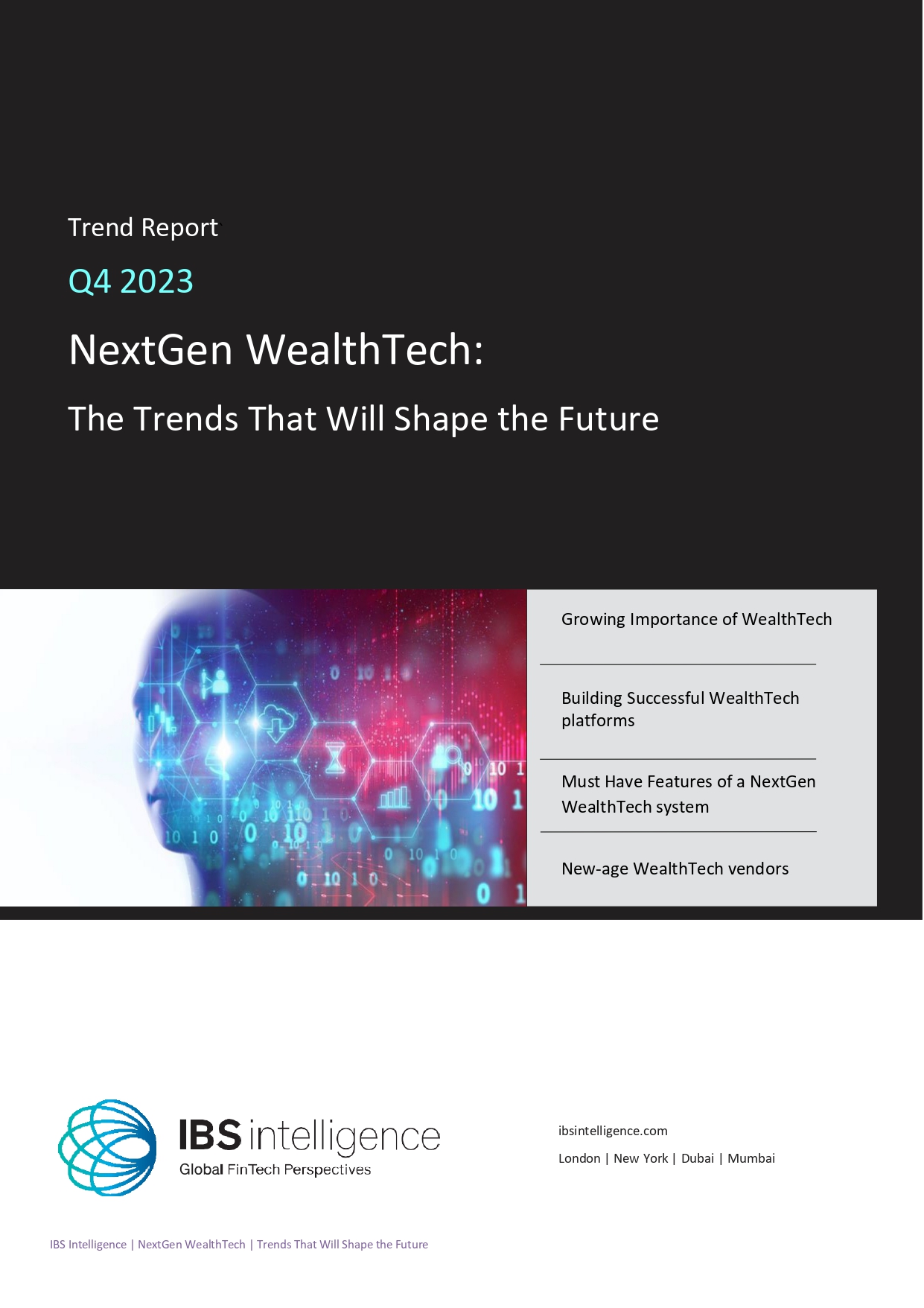
NextGen WealthTech: The Trends To Shape The Future Q4 2023
Know More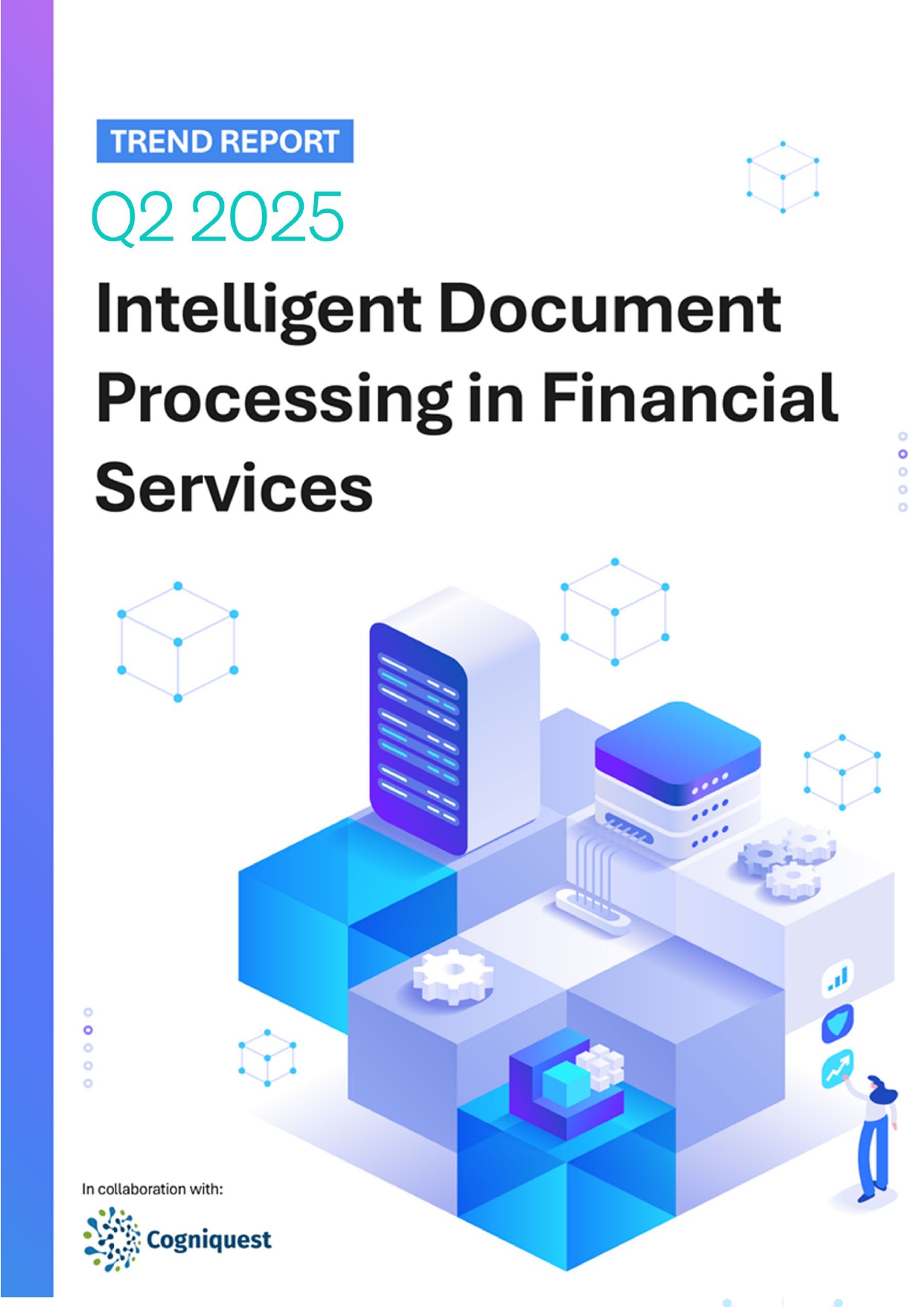
Intelligent Document Processing in Financial Services Q2 2025
Know More